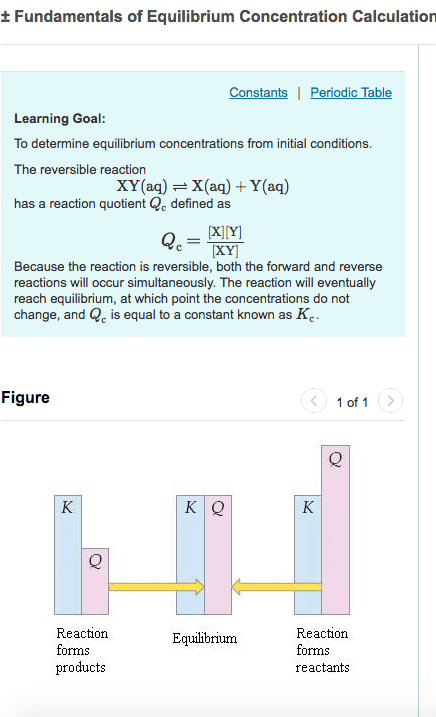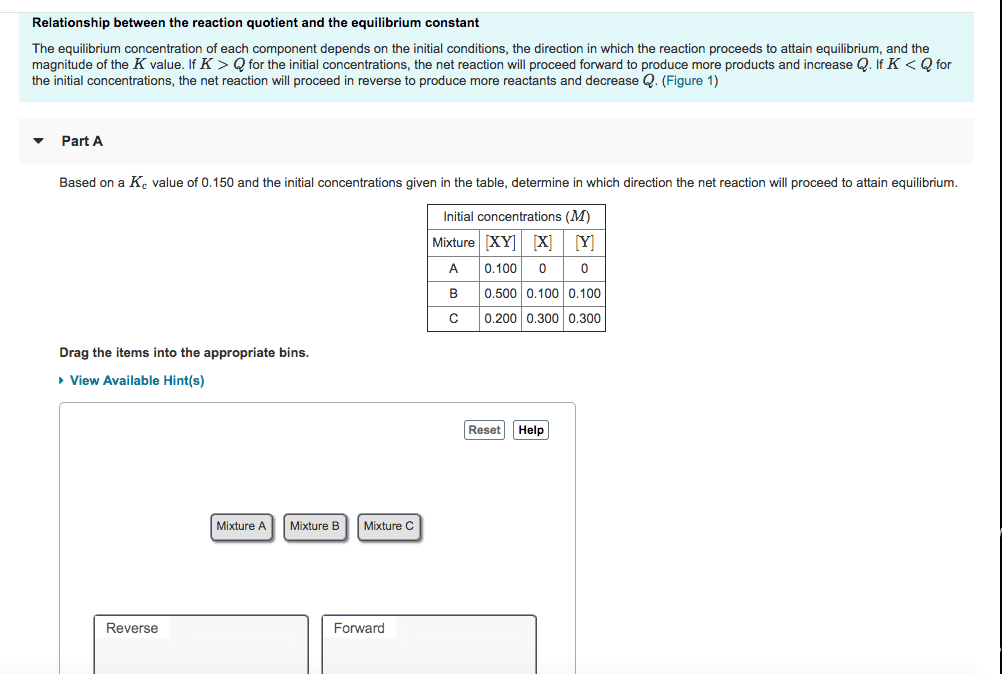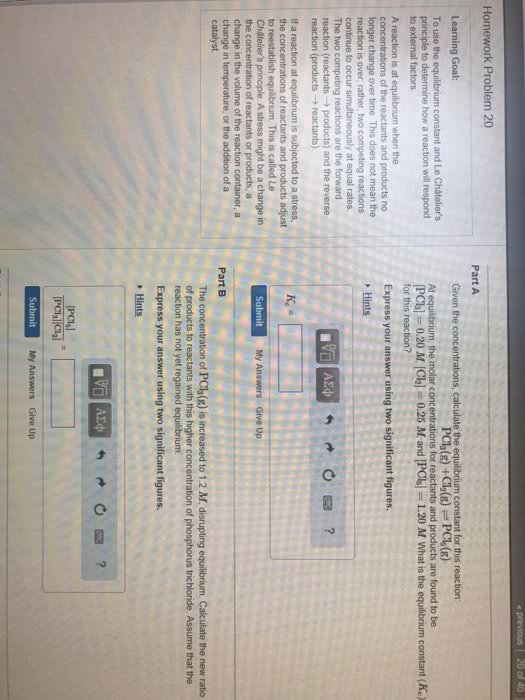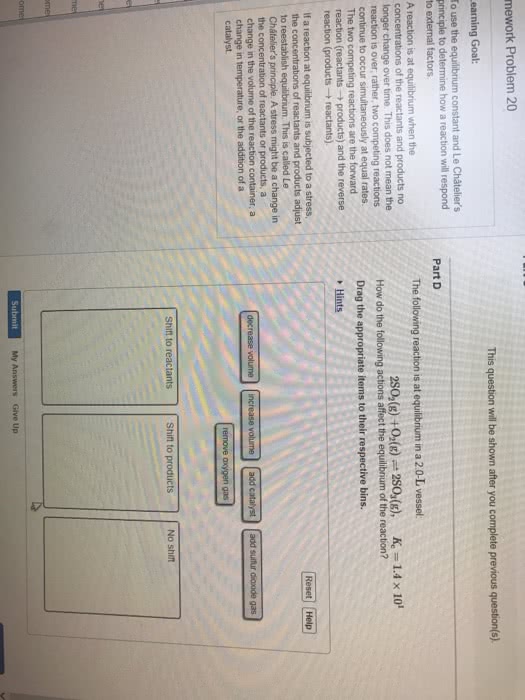CHEM 001A Study Guide - Midterm Guide: Equilibrium Constant, Chemical Equilibrium, Acid Dissociation Constant
Document Summary
The consequence of reactions that can occur / proceed simultaneously in opposite directions. The rate of (forward / reaction) reaction is equal to a constant (k) times the concentration of each species (reactants / products) raised to the number of the molecules participating in the reaction. The rate of a chemical reaction is proportional to the active masses" of the reacting substances present at any time. Derived by guldberg and waage as they defined equilibrium as the condition when the rates of forward and reverse reactions are equal. - for a system at equilibrium, the forward and reverse rates are equal. Rearranging the equations would give us the known equilibrium constant: When stress is applied to a system at chemical equilibrium, the equilibrium will shift in a direction that tends to relieve or counteract that stress. Speaks of the effects of temperature, pressure, and concentrations on chemical equilibria.





